University College London
Type of resources
Available actions
Topics
Keywords
Contact for the resource
Provided by
Years
Formats
Representation types
Update frequencies
Scale
Resolution
-
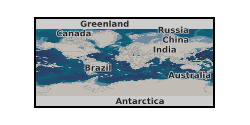
Synchrotron X-radiography (images) and diffraction data collected to measure rheology of Quartz coesite and stishovite.
-
Measurements of sediment properties (incl. organic and carbonate content), radionuclides (210Pb, 137Cs, 241Am) and elements (including mercury, nickel, copper, zinc, and lead) in lake sediment successions. Radionuclide dating provides a reliable chronology of sediment ages from the mid-19th century (sometimes only 20th century) to the present (2016). The dataset comprises a standardised matrix of multiple measured sediment variables (element values per mass) against stratigraphic depth for 8 lakes. In these water bodies multiple core datasets exist, one collected from the littoral zone, one of intermediate depth and one from the deepest area. The deepest core was used for 210Pb dating. The intermediate and littoral depth cores are not dated, except at Esthwaite where the littoral core (29328_ESTH_LITT.csv) had been previously collected, 210Pb dated and measured for organic and carbonate content. Full details about this dataset can be found at https://doi.org/10.5285/87dec506-ca7f-4b57-a605-486ec9d8cca2
-
These data are the recorded outcomes of binary male choice experiments. Teleopsis dalmanni males were able to choose to mate with either a large or a small female. Individuals were taken from laboratory stock populations. Also included is information on male genotype indicating if he is a carrier of a sex-ratio distorting or nondistorting X chromosome, and a calculation of male preference. The second dataset additionally contains measures of male eyespan and thorax length obtained by measuring images. Full details about this nonGeographicDataset can be found at https://doi.org/10.5285/d6c36f89-07f1-4bcc-96a0-f5302fd3ccec
-
The data contain phenotype measures of Teleopsis dalmanni males. Individuals were all taken from a laboratory stock population. Individuals carried either a nondistorting wildtype X chromosome or a sex-ratio distorting X chromosome. Data were obtained by measuring images of testes, accessory glands, thorax and eyespan, and direct counts of fertilised (hatched) and unfertilised egg. Full details about this nonGeographicDataset can be found at https://doi.org/10.5285/6e4c5823-35f5-4c90-b616-2190d87c0391
-
The raw data contain genotype information for offspring collected from controlled crosses of Teleopsis dalmanni. Parents were taken from laboratory stock populations. Offspring genotypes were assigned by sizing a microsatellite, which distinguishes sex-ratio distorting and nondistorting X chromosomes. Also included is information on offspring sex and food treatment. The processed data summarises genotype counts by collection date and cage id (date/food treatment/cage). Also included is a fitness calculation for each genotype in each cage. Full details about this nonGeographicDataset can be found at https://doi.org/10.5285/71529a64-6c1b-4c8f-ae3f-7c4870efd976
-
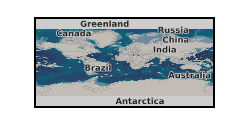
This poster on the UKCCSRC Call 2 project, The Development and Demonstration of Best Practice Guidelines for the Safe Start-up Injection of CO2 into Depleted Gas Fields, was presented at the Cranfield Biannual, 21.04.15. Grant number: UKCCSRC-C2-183.
-
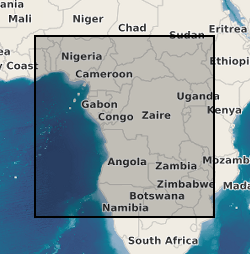
Multi-decadal time series of groundwater levels were compiled by the authors from records of observation wells initiated and maintained by government departments and research institutions in nine countries in sub-Saharan Africa. The pan-African collation of these hydrographs was initiated at the 41st Congress of the International Association of Hydrogeologists (IAH) in Marrakech (Morocco) on 14th September 2014. All records were subjected to a rigorous review by the authors during which the integrity, continuity, duration and interpretability of records were evaluated. This process included dedicated workshops in Benin, Tanzania, and Uganda, and records failing these tests were discarded from the analysis. Procedures included taking of the first time derivative to identify anomalous spikes in records commonly associated with errors of data-entry. Where multiple records in same geographic and climate zone were available (e.g. Benin, South Africa) we prioritized records remote from potential areas of intensive abstraction. Statistical clustering of records was also used in the Limpopo Basin of South Africa to identify the representativity of employed records at Modderfontein and Sterkloop.
-
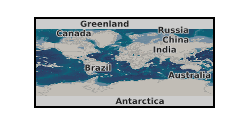
This poster on the UKCCSRC Call 2 project, The Development and Demonstration of Best Practice Guidelines for the Safe Start-up Injection of CO2 into Depleted Gas Fields, was presented at the Cardiff Biannual, 10.09.14. Grant number: UKCCSRC-C2-183.
-
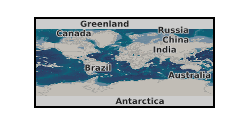
This poster on the UKCCSRC Call 1 project Multiphase flow modelling for hazard assessment of dense phase CO2 pipelines containing impurities was presented at the CSLF Call project poster reception, London, 27.06.16. Grant number: UKCCSRC-C1-07. The aim of the project is to develop and validate experimentally a heterogeneous flow model for predicting the transient depressurisation and outflow following the puncture of dense-phase CO2 pipelines containing typical impurities. Given that CO2 is an asphyxiant at high concentrations, this information is pivotal to assessing all the hazard consequences associated with CO2 pipeline failure, including fracture propagation behaviour, atmospheric dispersion, emergency shutdown valve dynamics and emergency blowdown.
-
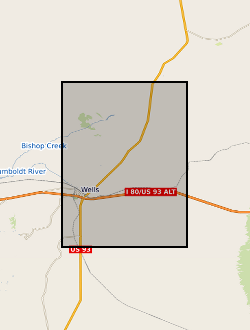
Ascii files or tables with earthquake source and model parameters determined for the Wells, Nevada earthquake
 NERC Data Catalogue Service
NERC Data Catalogue Service